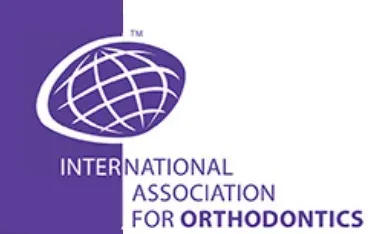March’s Tip

Third Order Artistic Wire Bends Torque or Inclination Part II Arch wire a .016 SS
By Dr. Adrian J. Palencar, MUDr, MAGD, IBO, FADI, FPFA, FICD
March 2021
Vertical open loop is another modus operandi to increase or decrease the torque on the individual tooth. This artistic wire bend is a little more elaborate to create. The cardinal function of the Vertical Open Loop is to produce the torque on a single tooth. However, you may add intrusion, extrusion and tip into this artistic wire bend. The plier of choice is Loop Forming and Closing Pliers.

The Vertical open loop is activated in the same fashion as a mouse trap. If the middle part of the wire, between the vertical open loops, is activated buccally and tied to the bracket, this creates – buccal crown moment (torque). Corollary, if the middle part of the wire, between the vertical open loops, is activated lingually and tied to the bracket, this creates – lingual crown moment (torque).



The presented case was a partial treatment to correct the cross-bite on #12(7). After the cross-bite was corrected, buccal root torque was required. Vertical open loop was activated lingually – creating lingual crown moment (torque) and buccal root moment (torque). The crown cannot move, because it is locked with contra-lateral teeth. Therefore, the net effect was buccal root torque. It is paramount to continue with this buccal root torque on the final rectangular arch wire (i.e. a .018 x ,025 or a .019 x .025 SS, using Torqueing pliers with the key) and to maintain this artistic wire bend for at least 3 months.
It is difficult to assess the degree of improvement of the root torque radiographically, because all the images are two dimensional. Visual examination and root palpation may help. However, the best method for appraisal of root torque is Cone Beam CT Scan, as it provides a 3D image.
References
- Nakajima E., Manual of Wire Bending; 71
- Rondeau Seminars, Case Finishing; 132 – 139
